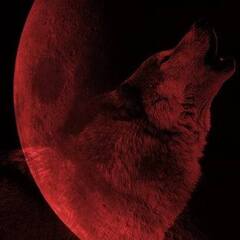What does a screenshot REALLY capture?
Go to solution
Solved by Guest,
A screenshot utility captures the framebuffer of your GPU.(Framebuffer stores pixels to be drawn to the displays) This is where the pixels are stored, and is what get's drawn to your screen(s). Your screenshot was probably normal(where your screen wasn't) because there was an connection issue or a display controller crashed. There are controllers in your GPU which drive the port's(and the connected display). If one of those controllers crashed, your display would look weird/artifacted, but the framebuffer would still be fine, thus your screenshot would look normal.

















Create an account or sign in to comment
You need to be a member in order to leave a comment
Create an account
Sign up for a new account in our community. It's easy!
Register a new accountSign in
Already have an account? Sign in here.
Sign In Now